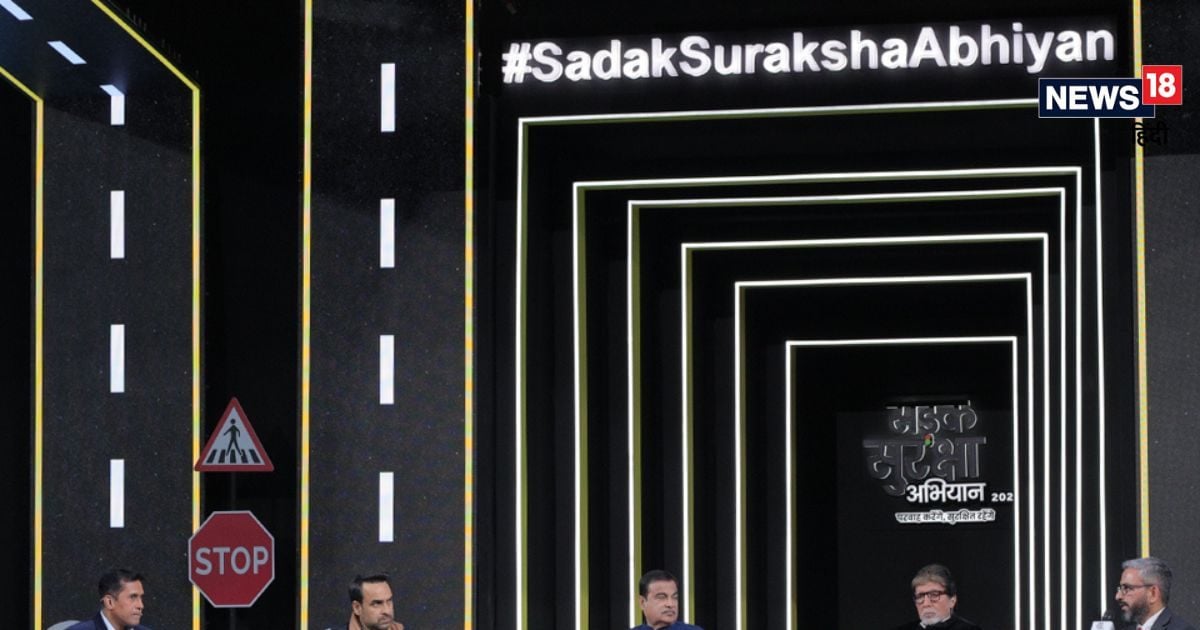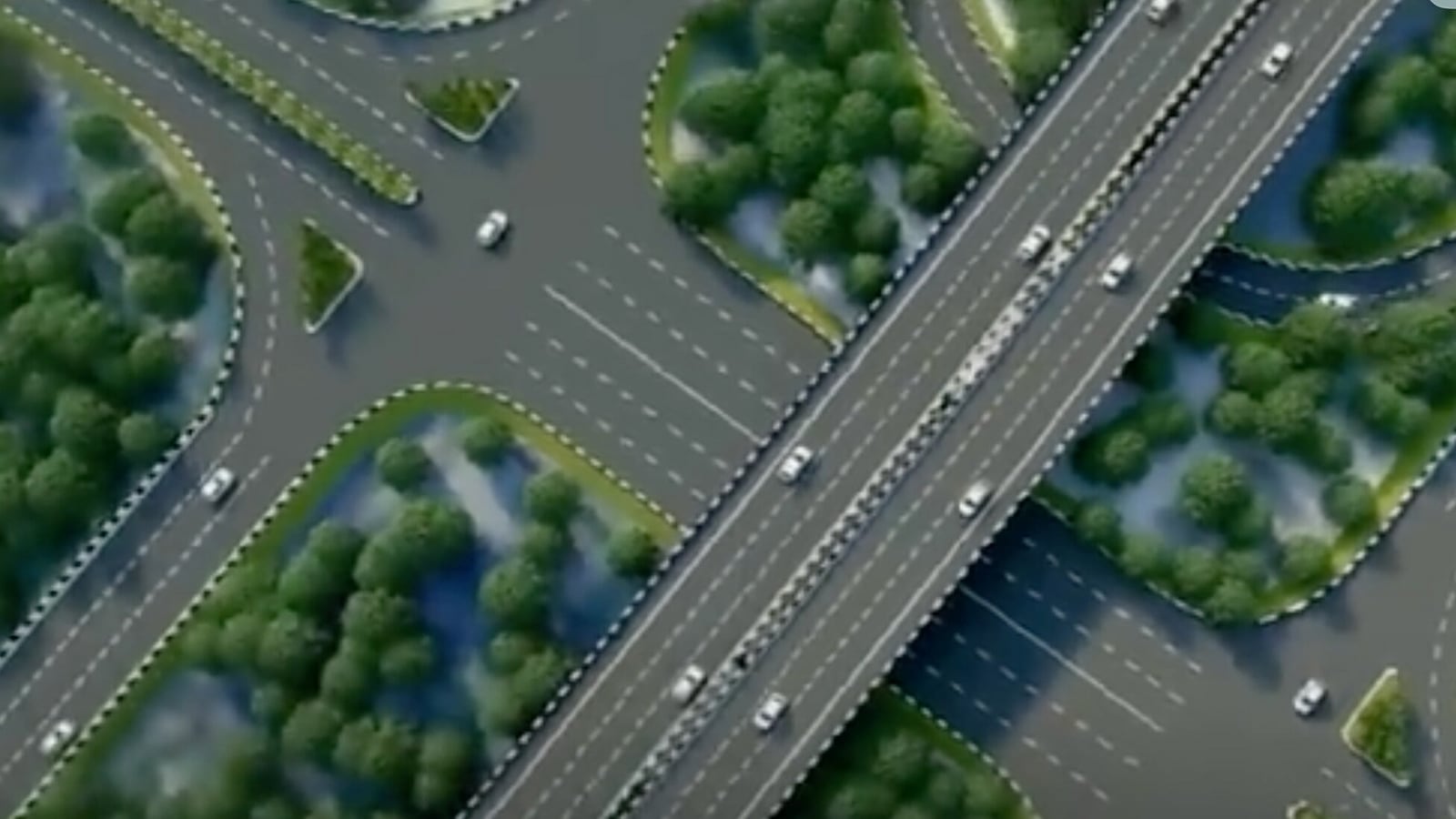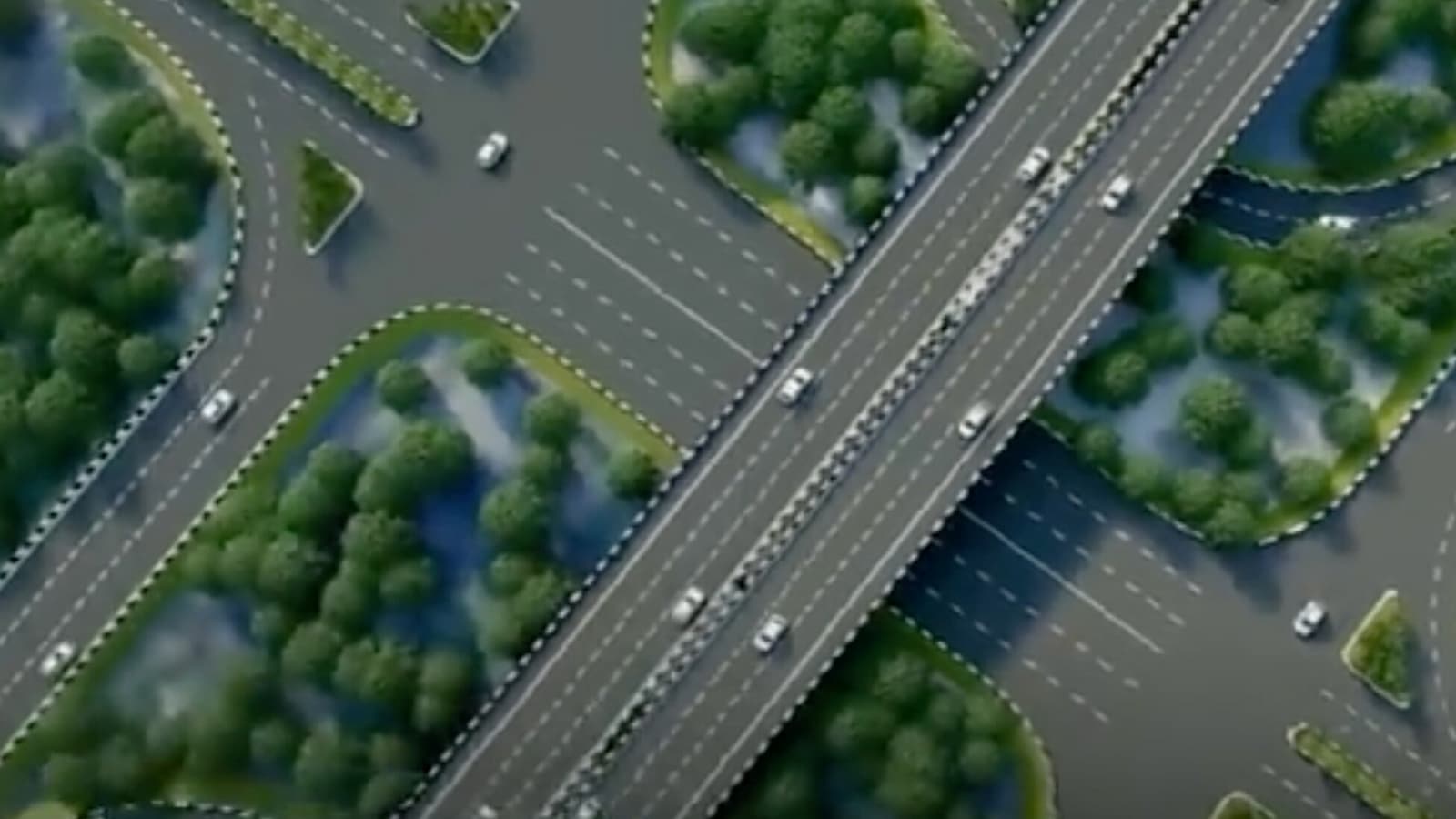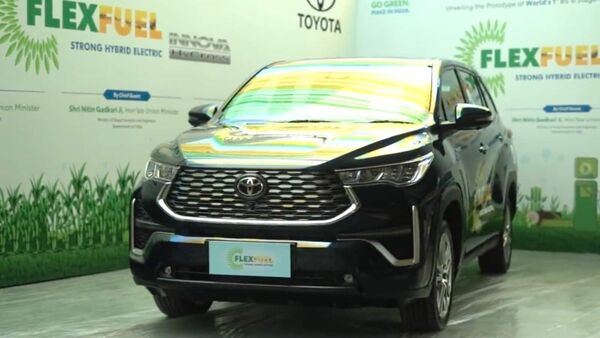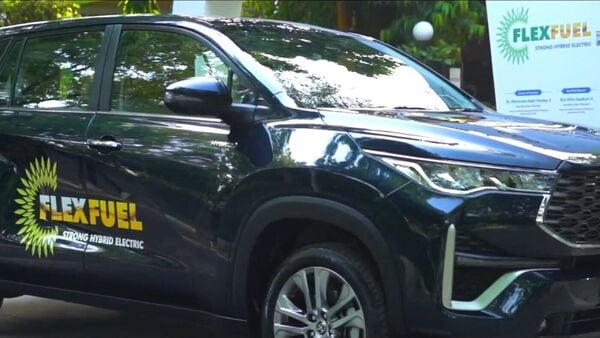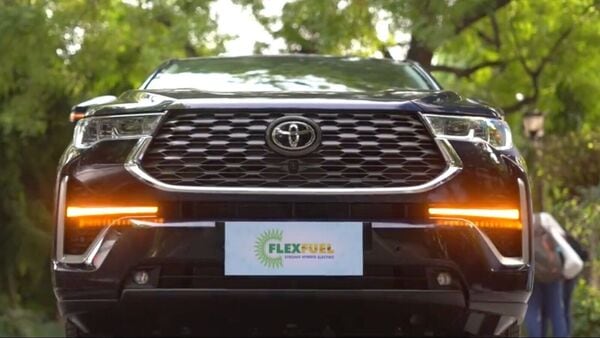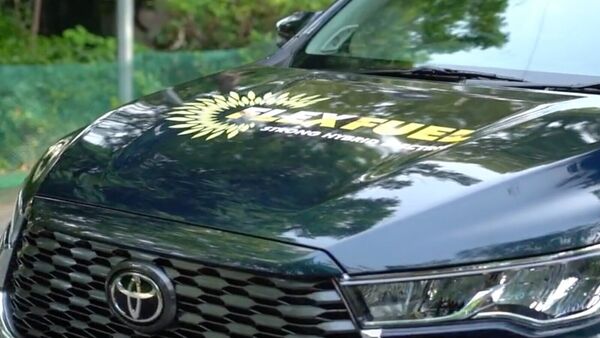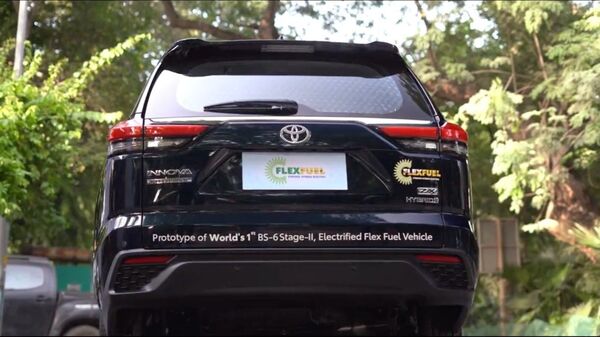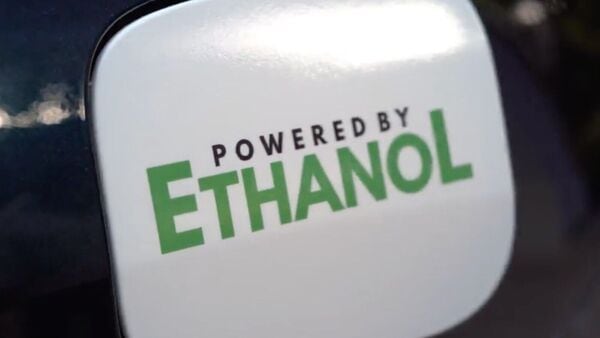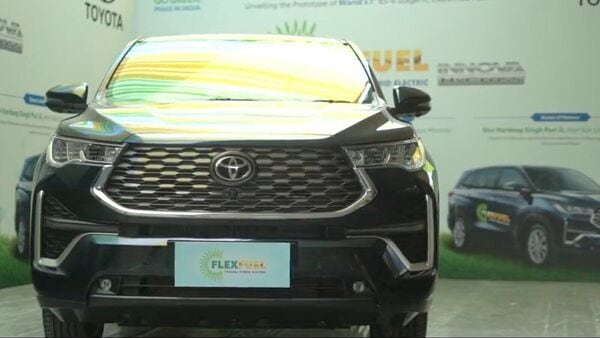Last updated:
The third edition of the road safety campaign began on 6 January. Nitin Gadkari and Shankar Mahadevan participated. This campaign focused on children included concerts, telethons and road safety buses. The purpose of the campaign is the nation …Read more
Amitabh Bachchan, Nitin Gadkari and Pakanj Tripathi attended the road safety campaign.
Highlights
- The third edition of the road safety campaign began on 6 January.
- Nitin Gadkari and Shankar Mahadevan participated.
- Children focused on concentrations and Telethon.
New Delhi. The third edition of the road safety campaign began with great enthusiasm on 6 January, in which people of all ages were united on the issue of road safety. The public awareness campaign was particularly focused on children, who are not only the easiest victims of road safety events, but also the drivers of the coming tomorrow.
The version began with a large concert, in which 1,500 school students participated enthusiastically, raised slogans, sang songs and talked about the importance of road safety. Union Road Transport and Highways Minister Nitin Gadkari held a session of questions and answers with the students, in which their important questions were answered with knowledge and practical advice. After this, a musical oath was presented by Shankar Mahadevan, explaining the need for road safety and a song was presented which contained deep meanings of road safety. The youngest participants got a special gift, as the pair of everyone's favorite siblings on social media and Pihu made people happy and laughed amidst their serious discussion related to the issue. Together, the two gave a message that road safety is not just a subject, it is a responsibility that everyone has to fulfill with Miljul.

Union Road Transport Minister Nitin Gadkari (middle), actor Pankaj Tripathi on the right, actor Amitabh Bachchan on the left
Convey the message to all
The purpose of this campaign was not only limited to the stage but also reached the streets. The launch of the road safety campaign was a program with possibilities that symbolized the efforts of the campaign to raise awareness at the national level. Road safety bus was run as a nationwide mission to make road safety -related education interesting and accessible. With its safety message, it simply turned into a moving class room which went to schools in various cities, towns and villages and educated people from all areas. The focus of this mission focused on regional programs, which brought communities to listen to the stories of others, participate in interactive sessions and to know how small tasks like following traffic laws or wearing seatbelt People can save their lives. This mission made people feel that every person's work matters and changes begin with themselves.
Live Telethon: A national call to move forward
The campaign then agreed for its most awaited phase – a grand telethon that promises to unite the nation in its mission for safe roads. The four -hour broadcast stories, broadcast on January 25, 2025, was a mixed program of stories, discussions and entertainment. The panel involved in this program inspired everyone in which the issue of road safety was raised in the presence of Gadkari and great actor Amitabh Bachchan. Famous lyricist Prasoon Joshi and star actors Pankaj Tripathi, Samantha Ruth Prabhu and Vikrant Massey were also accompanied by him. Navya Naveli Nanda became the voice of the next generation, keeping her intense view of working together.
Telethon was not just another television program, it was a movement that calls us all ahead and calls for change. People inspired by this campaign and became part of change. A change that inspires that together we can make our roads safe and save the lives of countless people. Stay connected with this campaign.
New Delhi,Delhi
February 13, 2025, 17:53 IST
Road Safety Campaign Season 3: Hope for Hope and Responsibility

